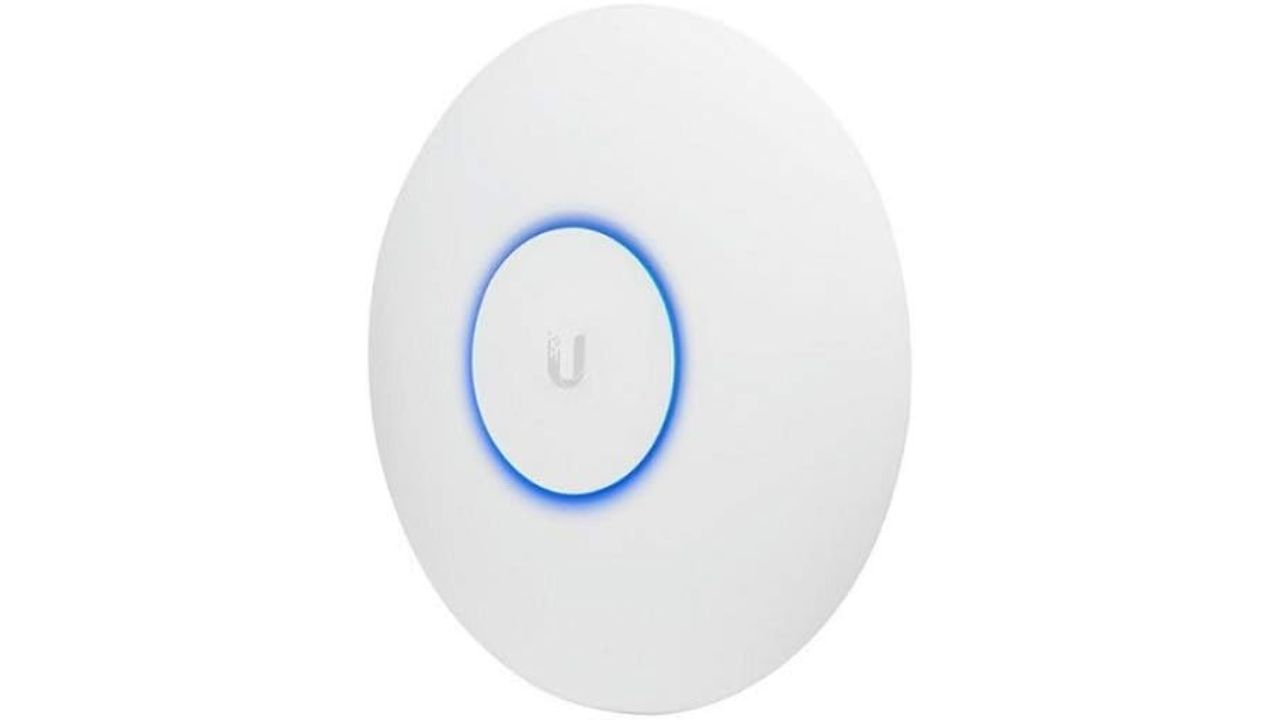We recently received this email from one of our readers, Jeffrey, from Eustis, Florida. Here’s what he had to say:
I have a small farm and I would like to be able to extend the Wi-Fi out from my house to the barn and some other small structures. What equipment do you recommend to wirelessly transfer data point to point?
Jeffrey, Eustis, FL
Extending your Wi-Fi connection past just your home is actually quite simple, as long as you have the proper equipment and know how strong of a connection you want.
How to extend your Wi-Fi connection using Point-to-point wireless bridges
These devices are specifically designed for long-range point-to-point or point-to-multipoint connections. They are ideal for extending Wi-Fi to distant structures like barns or other outbuildings. While they offer robust performance, the setup can be more complex compared to mesh systems like eero. They require some networking knowledge to configure properly.
How point-to-point wireless bridges work
Point-to-point wireless bridges create a direct wireless link between two locations without the need for physical cables. This technology uses radio waves or optical lasers to transmit data over long distances, making it an excellent solution for connecting remote buildings or structures.
Components of a point-to-point wireless bridge
A typical point-to-point wireless bridge setup consists of two main units: a primary unit (access point) and a secondary unit (station). The primary unit connects to your main internet source, such as your router or modem, at your primary location (e.g., your house). The secondary unit is placed at the remote location where you want to extend the internet connection (e.g., your barn).
The connection process
When you set up a point-to-point wireless bridge, the primary unit receives internet data from your main router and transmits it wirelessly to the secondary unit. The secondary unit then receives this data and distributes it to devices at the remote location. This creates a “bridge” that extends your network, allowing devices in the remote location to access the internet and network resources as if they were directly connected to your main router.
Line of sight and distance considerations
For optimal performance, most point-to-point bridges require a clear line of sight between the two units. The distance these bridges can cover varies depending on the specific equipment and environmental factors. Some high-end systems can transmit data over several miles, while others are designed for shorter ranges.
Single bridge vs. multiple bridge setups
In a basic setup, you only need two units – one primary and one secondary – to create a point-to-point connection. However, there are scenarios where you might need more than one bridge. For example, if you need to extend your network to several separate locations, you may need multiple secondary units, creating a point-to-multipoint setup. In cases of extremely long distances or to overcome obstacles, you might set up multiple bridges in a chain, where each acts as a relay point.
By understanding these principles, you can better determine the right setup for your specific needs, whether it’s a simple two-unit bridge or a more complex multi-point system. This technology offers a flexible and cost-effective solution for establishing wireless connections between remote locations, making it ideal for situations like Jeffrey’s, where Wi-Fi needs to be extended from a house to a barn and other structures on a small farm.
Below is a list of products that that will help you extend your Wi-Fi connection. Whether you want to extend Wi-Fi to specific distant locations (such as Jeffrey with his barn) or improve overall Wi-Fi coverage throughout your home and nearby areas with an easy-to-manage system, these products will help you accomplish what you’re looking for.
How to extend your Wi-Fi connection using a Mesh network
For those seeking a simpler setup with robust coverage, mesh networks offer a great alternative. Unlike point-to-point bridges that may require a more complex installation, mesh systems like the eero Pro 6E provide seamless, whole-home Wi-Fi coverage with minimal effort. With multiple nodes communicating to eliminate dead zones, the eero Pro 6E ensures that every corner of your home, including remote structures like barns, has strong, reliable Wi-Fi.
eero Pro 6E
The eero Pro 6E supports Wi-Fi 6E, providing faster speeds and better performance, especially in environments with many connected devices. It can handle gigabit speeds and offers tri-band connectivity for improved performance. Plus the eero systems are known for their user-friendly setup and management through the eero app.
Ubiquiti Networks UAP-AC-M-US UniFi AC Mesh
This outdoor access point provides robust Wi-Fi coverage and can be seamlessly integrated into your existing network. Operating on both the 2.4 GHz band with speeds up to 450 Mbps and the 5 GHz band with speeds up to 1,300 Mbps, it ensures reliable, high-speed connectivity. Ideal for extending Wi-Fi to remote structures, it’s designed for outdoor use and offers dependable performance.
Get Ubiquiti Networks UAP-AC-M-US UniFi AC Mesh
HOW TO SHARE YOUR WI-FI PASSWORD WITH GUESTS
Outdoor wireless brides
TP-Link CPE210 2.4GHz 300Mbps 9dBi Outdoor CPE
This outdoor wireless bridge is designed specifically for long-range point-to-point or point-to-multipoint connections. Ideal for extending Wi-Fi to distant structures like barns or other outbuildings, it features adjustable transmission power from 0 to 27dBm/500mW. The CPE210 enhances performance in throughput, capacity, and latency, making it an excellent solution for extending your network’s reach.
Get TP-Link CPE210 2.4GHz 300Mbps 9dBi Outdoor CPE
HOW TO SPEED UP YOUR WI-FI AND INTERNET CONNECTION
TP-Link CPE510 5GHz 300Mbps 13dBi Outdoor CPE
The TP-Link CPE510 operates on the 5GHz band, providing stable connections over distances up to 15km, making it ideal for extending Wi-Fi to distant structures like barns or other outbuildings. Designed for outdoor use, it can withstand harsh weather conditions. The CPE510 also enhances performance in throughput, capacity, and latency, offering a reliable solution for extending your network’s reach.
Get TP-Link CPE510 5GHz 300Mbps 13dBi Outdoor CPE
SPEED UP YOUR HOTSPOT WITH THESE TIPS TO SIGNIFICANTLY IMPROVE YOUR CONNECTION
Kurt’s key takeaways
If the primary goal is to extend Wi-Fi to specific distant locations, such as Jeffrey with his farm, then point-to-point wireless bridge products would be more suitable. However, if you want to improve overall Wi-Fi coverage throughout your home and nearby areas with an easy-to-manage system, a mesh network system would be a better choice.
Both options have their strengths, so it depends on your specific needs and preferences. Figure out what your needs are, and let us know how these products improve your connectivity.
Related:
- How to speed up your Wi-Fi and internet connection
- How to share your WiFi password with guests
- Speed up your hotspot with these tips to significantly improve your connection
Copyright 2025 CyberGuy.com. All rights reserved. CyberGuy.com articles and content may contain affiliate links that earn a commission when purchases are made.






